Crystals are readily found in nature and are always astounding in their beauty. We made our own borax crystal balls to learn about how crystals are formed and to study them more closely. Under adult supervision, this crystal balls science experiment for kids is completely safe for preschoolers and kindergarteners, yet even first and second graders will enjoy watching the magic of growing crystals.
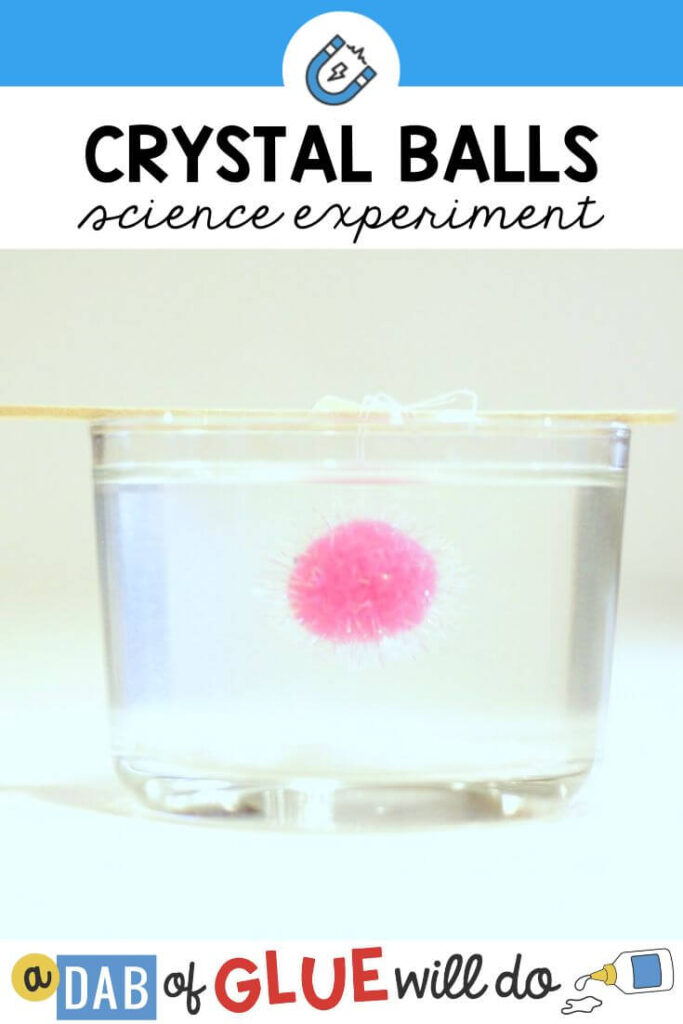
Getting Ready
We gathered the following supplies to make our crystal balls:
- Pom poms
- Needle and thread
- Tape
- Craft sticks
- Clear glass cups
- Boiling water
- Borax (found in the laundry aisle of the grocery store)
First I threaded a needle and tied a knot on the end. I carefully poked the needle straight through the center of the pom pom and pulled the thread behind it. Once I had pulled the thread through the pom pom I left 2-3 inches of thread and cut the rest off.
Using tape, we secured the thread to the center of the craft stick.
Making Borax Crystal Balls
I boiled some water on the stove and measured about 1 cup into each child’s cup. We added about 3 tablespoons of powered borax to the water and stirred it to dissolve.
We carefully lowered the pom pom into the borax water and set the cup in a place where it wouldn’t be disturbed for several hours.
Within one hour we could already see crystals growing on the surface on the pom pom!
We left our crystal ball overnight. When we came back in the morning the pom pom was covered with crystals! Even the inside of the cup was coated with a layer of borax crystals. (To clean the glass cup we simply soaked it in hot water until the crystals dissolved.)
Carefully, we pulled the crystal ball out of the mixture and let it dry on a paper towel. We cut the thread and were left with a gorgeous crystal ball.
The kids wanted to get a closer look and examine their crystal balls. They grabbed a magnifying glass and a microscope and had a lot of fun peering carefully at the shiny little crystals.
The Science Behind Borax Crystals
The word crystal refers to any solid substance that is arranged in an ordered form. Examples in nature include snowflakes, diamonds, graphite, and salt crystals.
Borax forms cube-shaped crystals that are big and easy to see. Having an uneven surface like a pom pom or a pipe cleaner makes it easy for the crystals to grow.
More borax dissolves in hot water than in cool water. When borax is added to boiling water, an unstable supersaturated solution is created. As the water cools down, borax falls out of solution, forming clear solid crystalline cubes on the surface.
Borax is a common ingredient in household soaps and is safe to handle. However, some children may have sensitive skin. If irritation occurs, simply rinse the affected area with water.
More Science Activities and Ideas
Walking Water Science for Kids
Oil and Water Science Activity
Want science planned for you ALL YEAR LONG?!
Do you want science planned for the ENTIRE CALENDAR YEAR!? This Endless Science Mega Bundle will save you so much time and keep your students engaged and excited about learning. This amazing resource contains 53 science topics including life science, physical science, earth science, and animal studies.



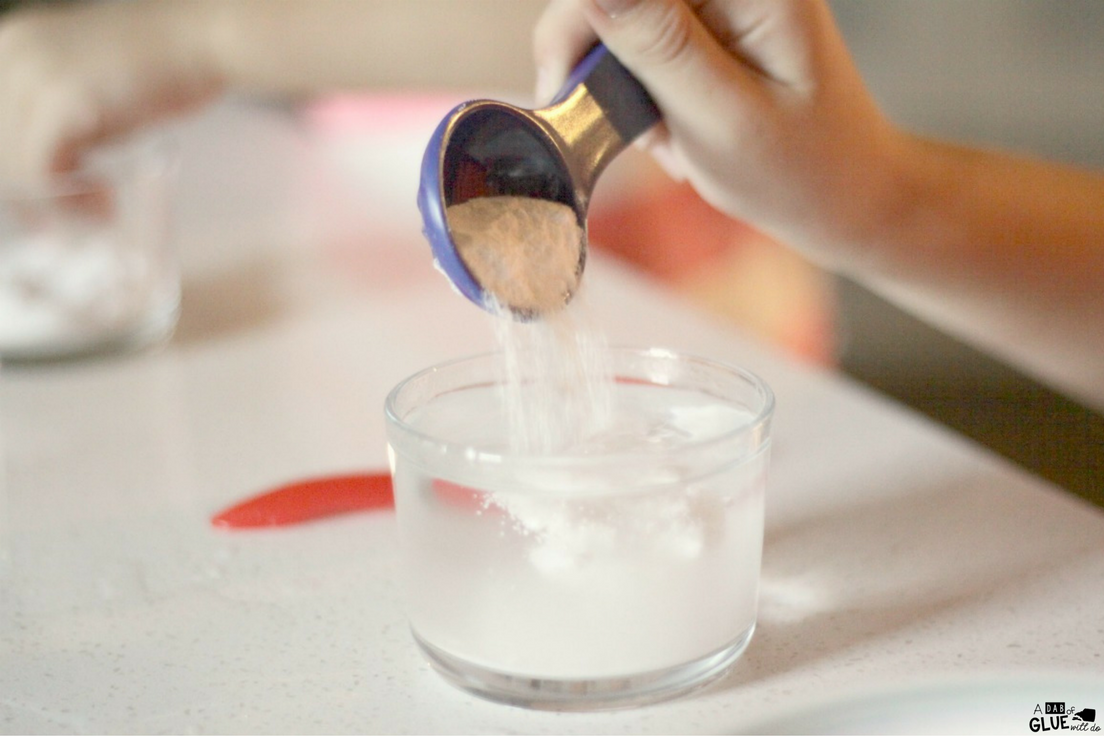
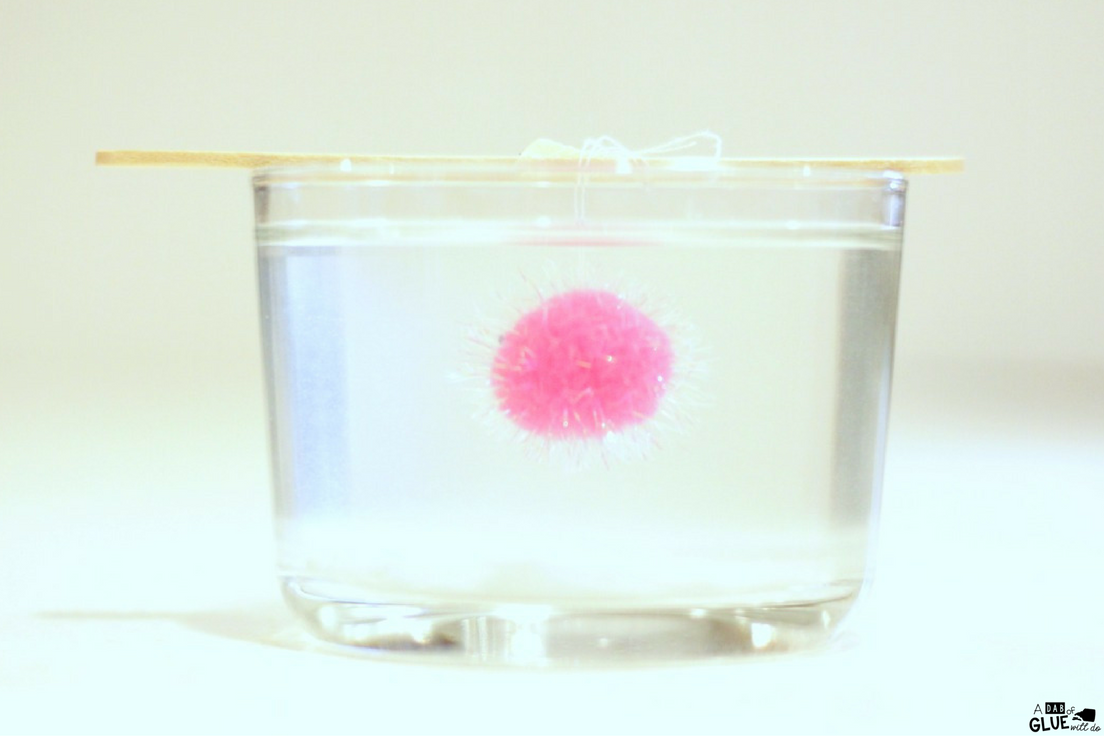
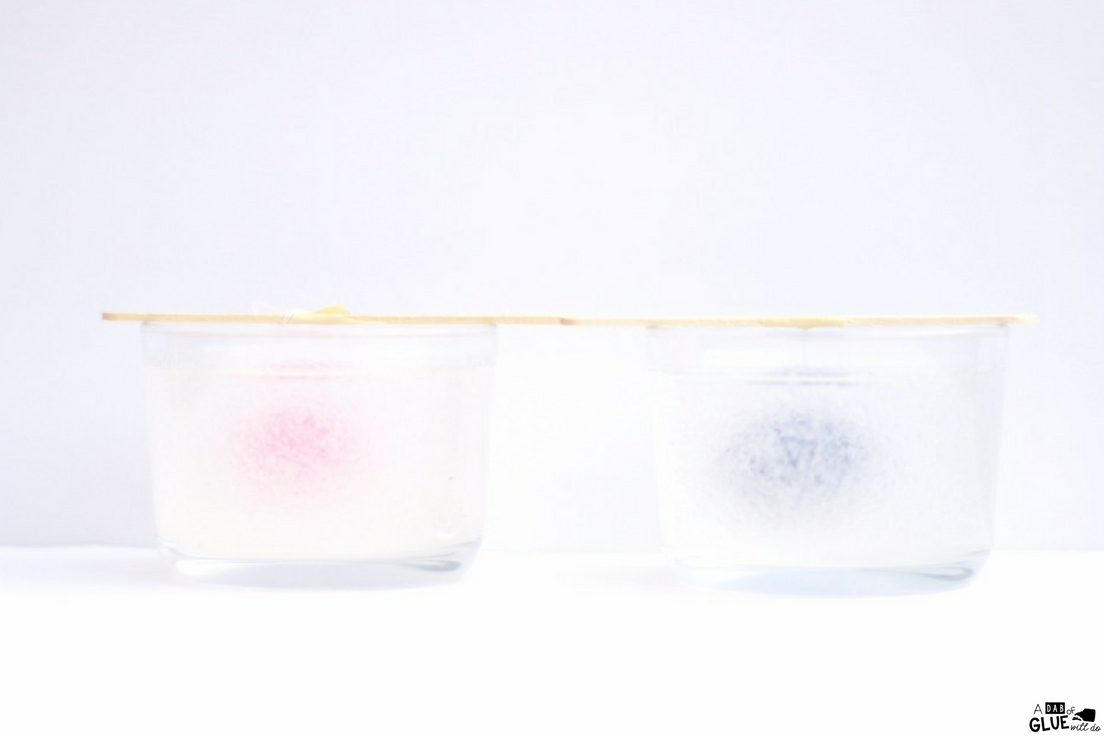
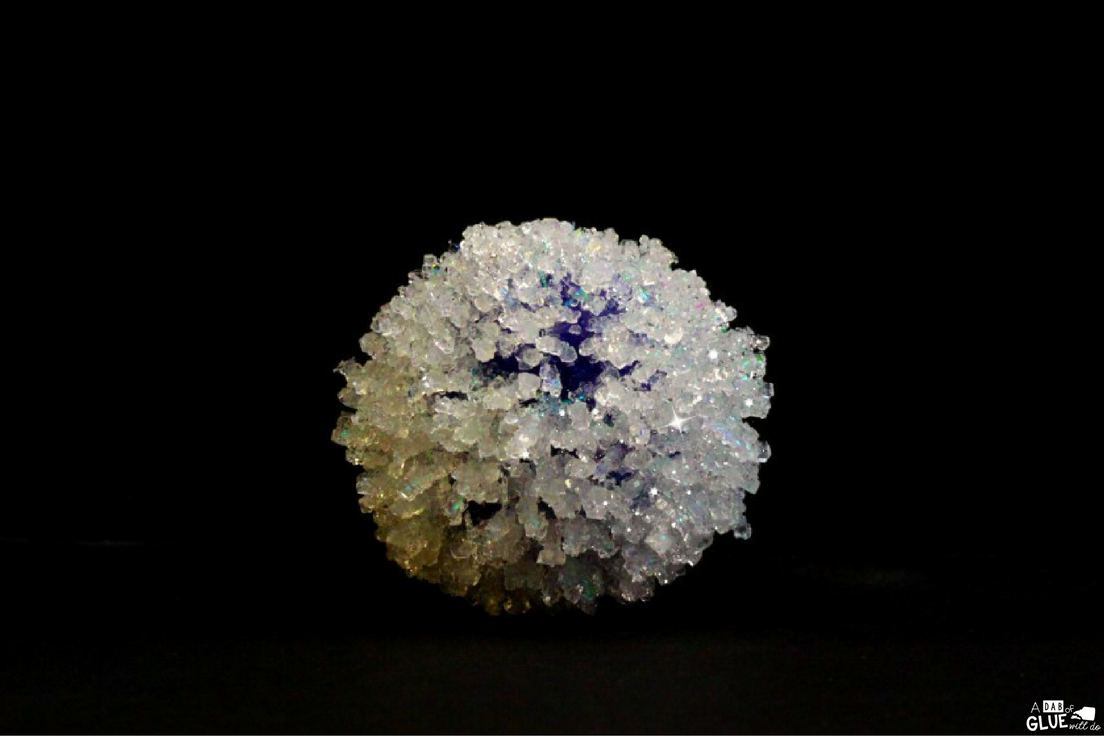
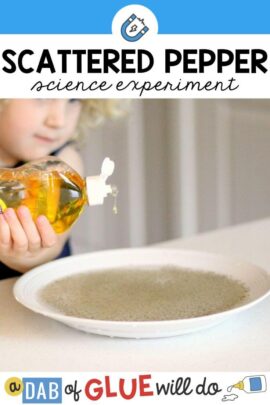
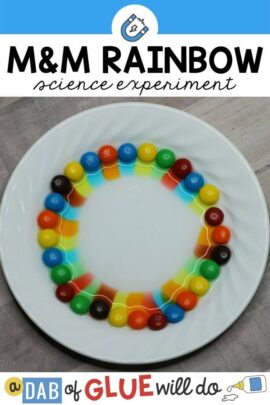
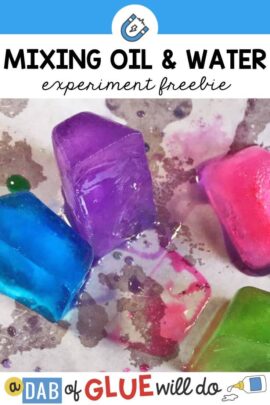
Hi, just required you to know I he added your site to my Google bookmarks due to your layout. But seriously, I believe your internet site has 1 in the freshest theme I??ve came across. It extremely helps make reading your blog significantly easier.
Some really nice stuff on this website , I love it.
But wanna remark on few general things, The website style is perfect, the written content is very great : D.